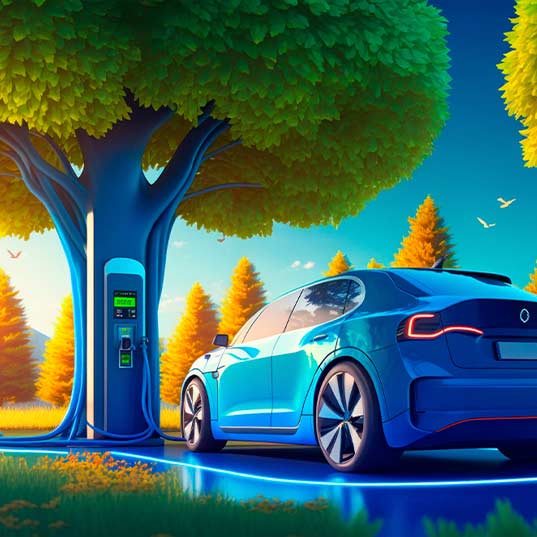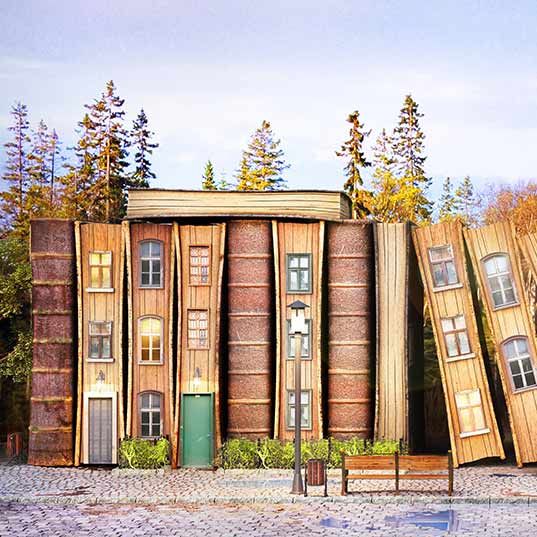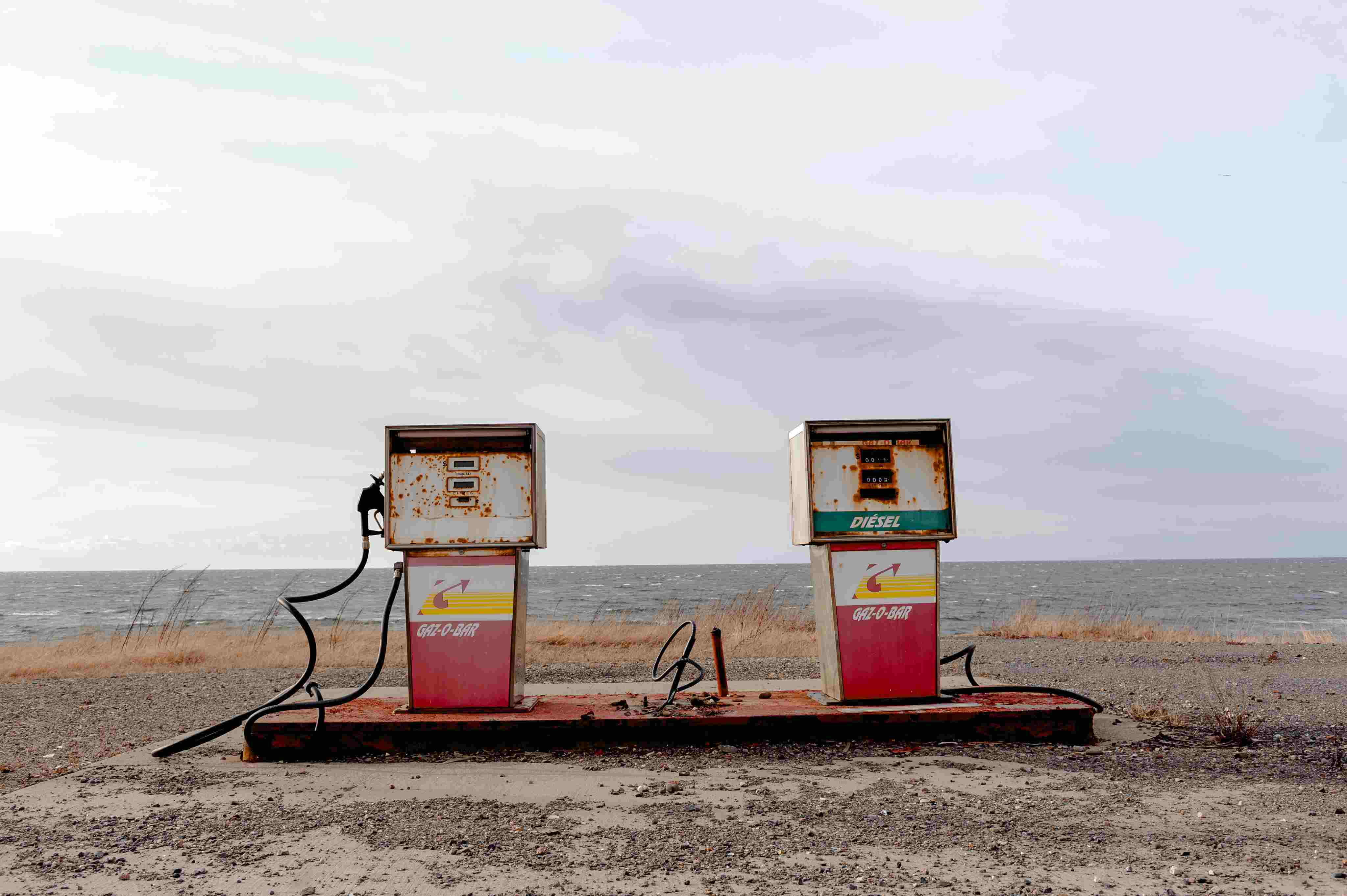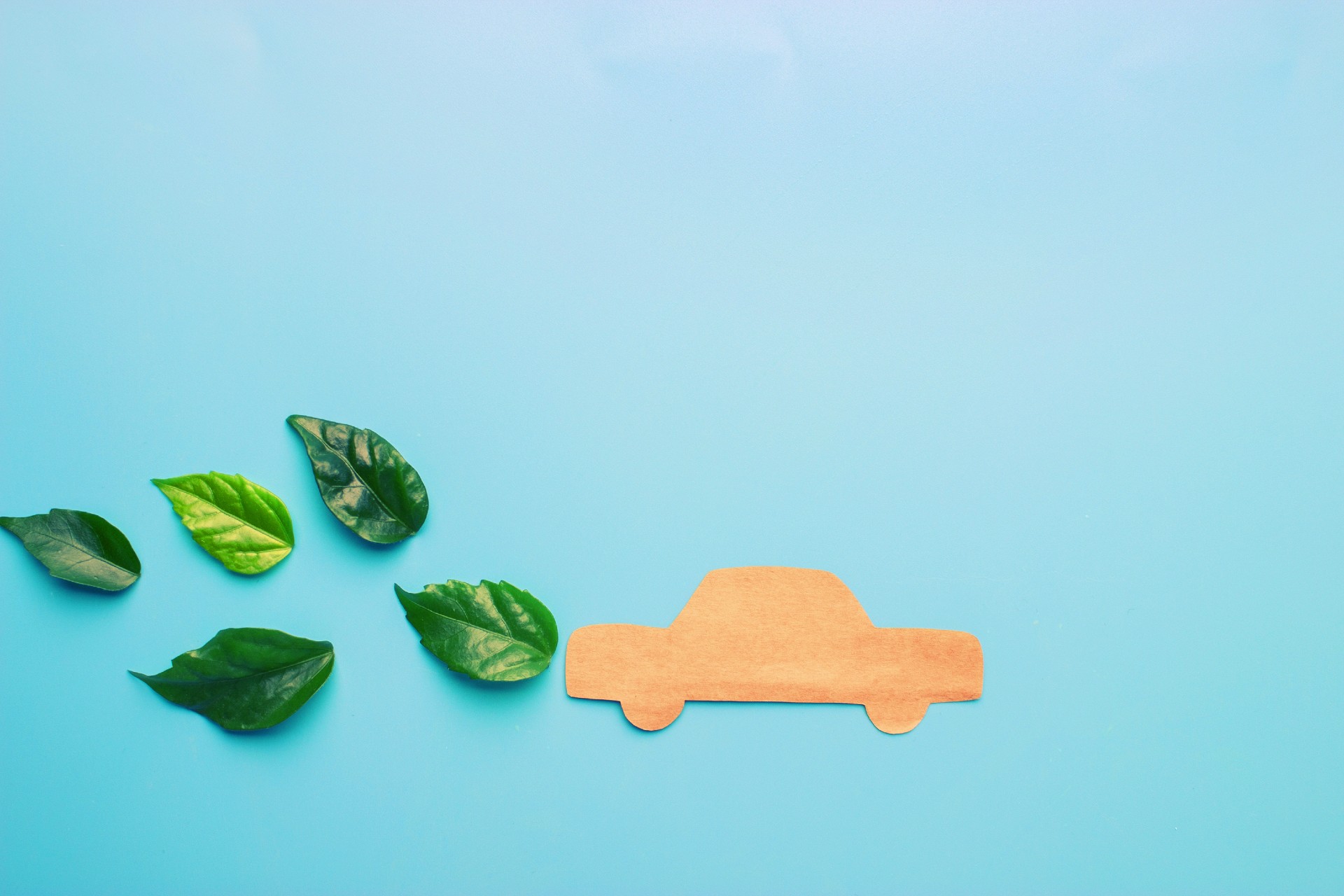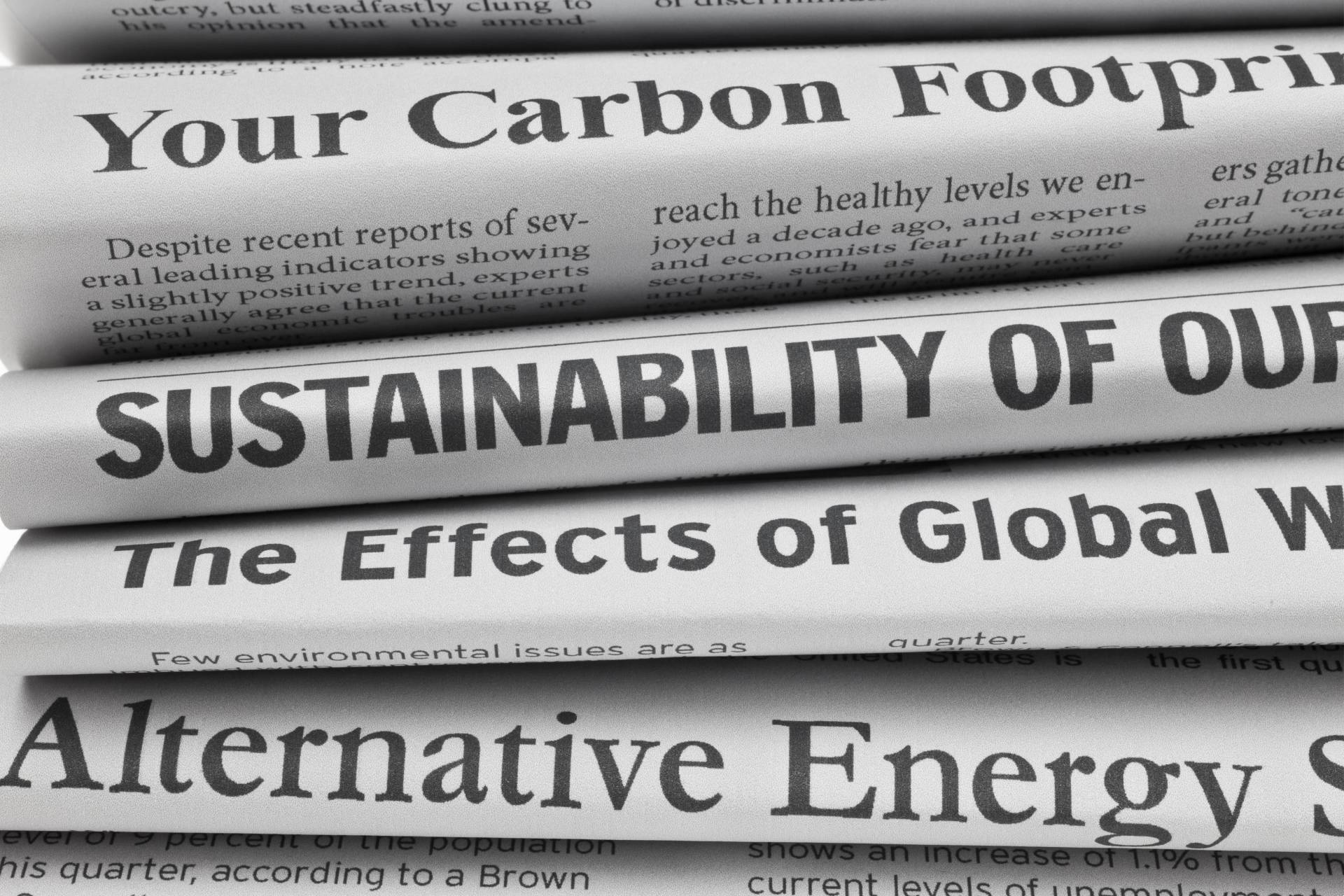The future of recycling: innovation for the circular economy
The future place of recycling will be determined by improving waste management, developing new technologies, and incentivizing reuse
Recycling is one of those small steps for men, but a great step for mankind, on which the sustainability of the planet depends. Fortunately, recycling is increasingly embedded in society. Hundreds of projects and initiatives already exist which call on us to make the change toward a circular economy, where waste is transformed into resources with the aim of exploiting what we extract from the environment to the maximum.
What will I learn from this article?
- The importance of recycling
- Innovations in the area of recycling
- Classification of waste
- Treatment of waste
- Incentives to recycle
The importance of recycling
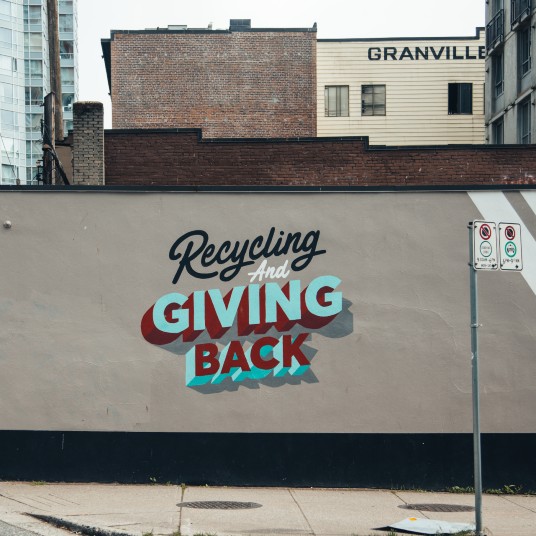 We live surrounded by plastic: packaging, clothes, containers, tyres, suitcases, furniture, etc. Everything seems to be made from plastic or owes something to this material. But it has only been around for a relatively short while. It was back in 1950 when plastic began to be manufactured from petroleum and, since then, it is estimated that we have produced some 9.1 billion tonnes of the stuff.
We live surrounded by plastic: packaging, clothes, containers, tyres, suitcases, furniture, etc. Everything seems to be made from plastic or owes something to this material. But it has only been around for a relatively short while. It was back in 1950 when plastic began to be manufactured from petroleum and, since then, it is estimated that we have produced some 9.1 billion tonnes of the stuff.
Meanwhile, we have, at the most, recycled a tenth of all this plastic. The majority of it has been disposed of in waste tips and the natural environment.
Indeed more than 140 million tonnes of plastics now pollute the planet’s rivers, oceans and lakes.
“The majority of plastic has been disposed of in waste tips and the natural environment”
This data comes from the Organisation for Economic Co-operation and Development (OECD), which in February called on the 193 UN countries to agree the first global treaty on plastics pollution.
“Of all the plastic that reaches the market every year, as little as 6% has been recycled”
In 2021 alone, production worldwide reached 461 million tonnes, an annual figure that has steadily increased over the past 20 years, says the OECD. And, of all the plastic that reaches the market every year, as little as 6% has been recycled.
The importance of innovation to recycling
The large quantity of waste we produce goes through a long process from its manufacture to, in the best of cases, transformation into recycled materials for new products. It is essential we find ways of manage waste intelligently, incentivizing measures to promote responsible consumption and develop new techniques and processes that help citizens recycle more and better.
Step 1. Classification of waste
Materials can be recycled if they are clean and properly classified. This is much more complicated than it seems, since many people make mistakes when separating waste, or don’t separate objects made from different materials before putting them into, for example, the yellow bins.
Thankfully, technology has already made progress in this field. Some waste selection plants employ infrared systems to classify different packaging and separate them according to the type of plastic they contain.
Thanks also to digitization, the use of data and traceability of waste are becoming important. Now the waste can be tracked from its place of origin to its final destination, ensuring that it’s treated correctly.
The use of data and traceability have the same goal: assure that the new material generated has sufficient quality to be reused by the consumer.
Technology can also help citizens recycle at home. In this article you’ll find some mobile apps for answering specific questions you might have on how to recycle.
Step 2. Treatment of waste
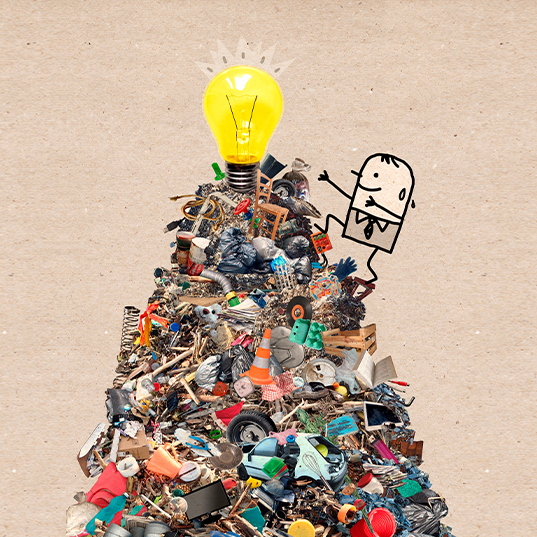 There are already processes underway that employ high-powered microwaves to decompose polystyrene – a material we can find in many common objects, from packaging to electronic devices – into monomers. New polystyrene plastics can be produced from these molecules without the material losing quality or any of its properties.
There are already processes underway that employ high-powered microwaves to decompose polystyrene – a material we can find in many common objects, from packaging to electronic devices – into monomers. New polystyrene plastics can be produced from these molecules without the material losing quality or any of its properties.
The microwave process uses electricity instead of heat, making it a more energy-efficient recycling process which also considerable reduces the greenhouse gas emissions needed to produce polystyrene. The technology is so promising that one of the world’s best-known tyre manufacturers has created a microwave-based tyre recycling system.
Step 3. Incentivizing recycling of waste
None of the above measures would be much good if we did not encourage people to recycle more and better. As said at the beginning of this article, recycling is a small gesture that starts in the home, but is also key to the sustainability of the planet.
New systems for returning and rewarding recycling seek to do precisely that: incentivize people to recycle more. A good example is a Spanish project that rewards citizens for correctly separating their waste.
Called RECICLOS, it consists of technology incorporated into containers and bins which allows people to connect with such infrastructure via their mobiles when recycling. It adds up how many times they have done so.
In this way, they can obtain rewards and exchange them for sustainable incentives like donations to food banks or prizes such as push scooters.
What is certain is that there are more and more facilities contributing to the growth of the circular economy and reuse of waste. It is in our hands to use them to care for the planet’s natural resources and live in a more sustainable way.
Knowledge test
Sources:
https://www.weforum.org/agenda/2021/12/fight-plastic-pollution-innovations
https://www.sostenibilidad.com/vida-sostenible/desmontando-mitos-reciclaje/



